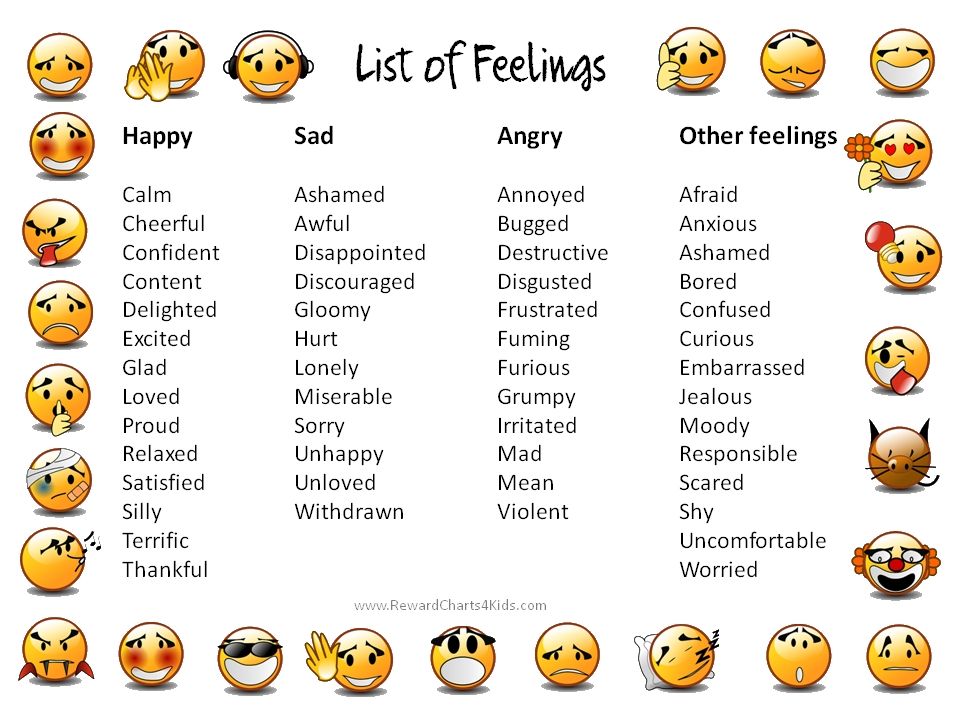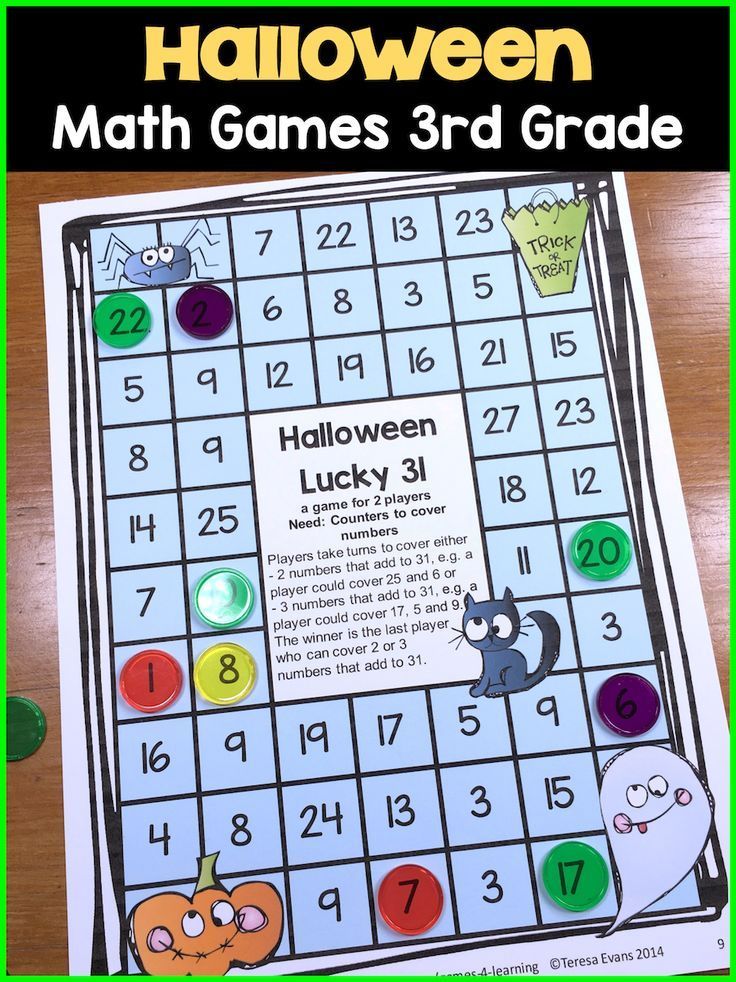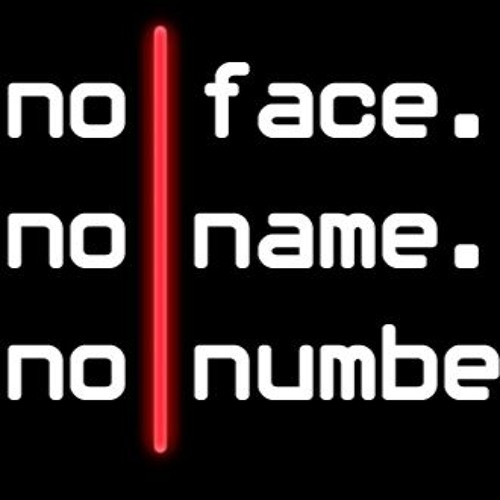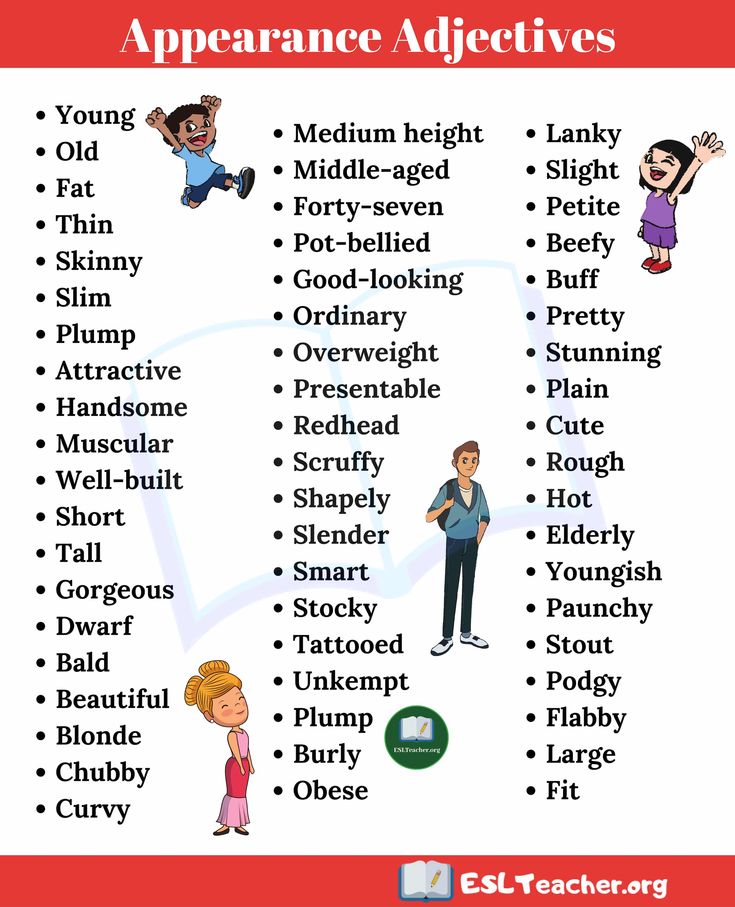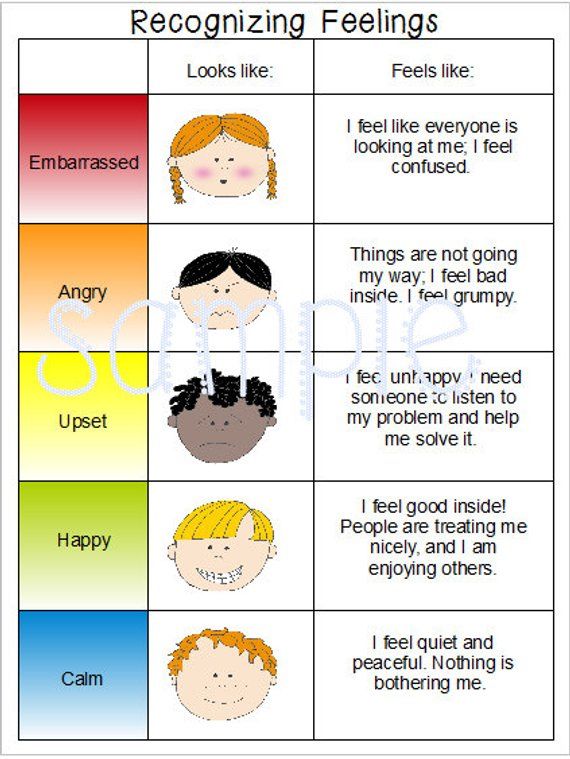Identifying feelings and emotions
Four Steps to Identifying Emotions — Reflection Counselling Services
"What are you feeling?"
The dreaded therapy question.
Let’s start at the beginning. Although we are always feeling something (yes, always), somehow our education system bypasses emotional literacy in exchange for less useful information. (I don’t know about you, but I have yet to dissect another worm or dust off my knowledge of the pythagorean theorem.)
Emotions are vital because they are little bits of information that alert us to our values, our perception of an experience, our needs, and our likes and dislikes. However, feelings can be challenging and painful, so we ignore them; or perhaps we were discouraged to express them in our childhood, so we suppress them. While this may seem effective in the short-term, suppressed feelings will ultimately find a way out. This can be in the form of mental health concerns (such as anxiety, depression, phobias, etc.
) or physical health concerns (such as ulcers, fibromyalgia, gastrointestinal problems, etc.).
It is difficult to manage our emotions and have our needs met if we don't even know what it is that we are feeling in the first place. Here are four steps that will help move you towards a better understanding of your emotions.
Note: Emotions and feelings are actually two different things. However, since these words are commonly interchanged in day-to-day language, I will be doing that in this post, as well.
1. What am I feeling?
Hint: "Good," "Fine," and "Okay" are not emotions. Start by taking a few minutes to just sit and notice what you are feeling. See what arises and observe it without judgment. Emotions are neither good nor bad - they just are. Notice what it is that you are feeling without any kind of running commentary on whether you should or should not be feeling that way. If this is a difficult task - and don't worry, it is for many - try using a feelings list to help you identify the emotion.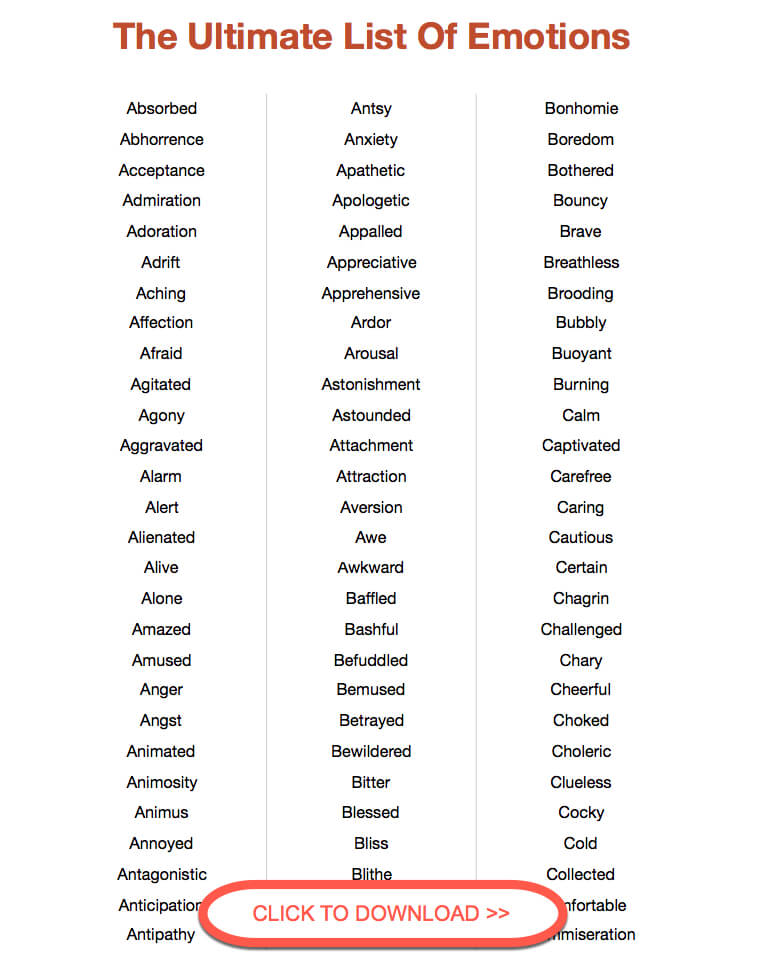 For example: I feel lonely.
For example: I feel lonely.
2. Where do I feel it?
Notice where it is in your body that you experience this feeling in order to develop a deeper connection to it. Because some emotions can be difficult to experience, our tendency can be to notice it and then distract ourselves from it. This is an opportunity to connect with it further. For example: I feel the loneliness in my chest.
This can also be a helpful starting point if you are struggling to identify the emotion at all. Do a body scan from head to toe and pay attention to any areas in which you might be feeling tightness or tension. What might that body sensation mean? For example, if you notice a lump in your throat, it might be an indication that you are feeling sad. A clenched fist might suggest anger, and having hunched shoulders might indicate stress.
Keep in mind that we can feel more than one emotion at a time. We can feel both relieved and sad upon quitting a job, or both scared and excited by an upcoming challenge.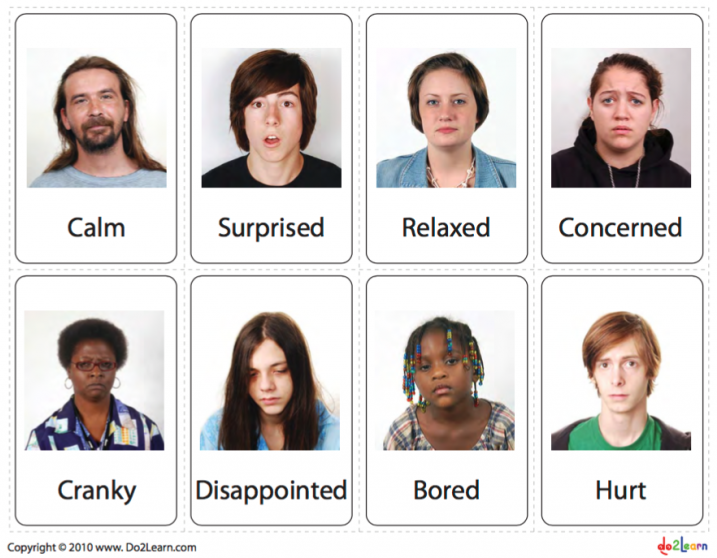
3. Why am I feeling it?
Emotions are sneaky in that they are not necessarily rational. We might have an emotional response that directly relates to the present moment or it might be a trigger from a past experience. The feeling might also be based on your perception of a person or situation. If you perceive someone to be rude, then you might feel angry towards them.
Continue to just sit with the experience and see if you can follow the bread crumb trail to what happened to elicit this emotional response. For example: I feel lonely because all my friends had plans for tonight and now I am home alone.
Our emotions are also influenced by our thoughts, so paying attention to what we are thinking can also provide a clue as to why we are feeling a certain way. For example: I told myself today would be an awful day and now I feel hopeless.
If you can't figure it out, don't worry. Even if it is not entirely in your consciousness, it does not change the fact that what you are feeling is both valid and relevant.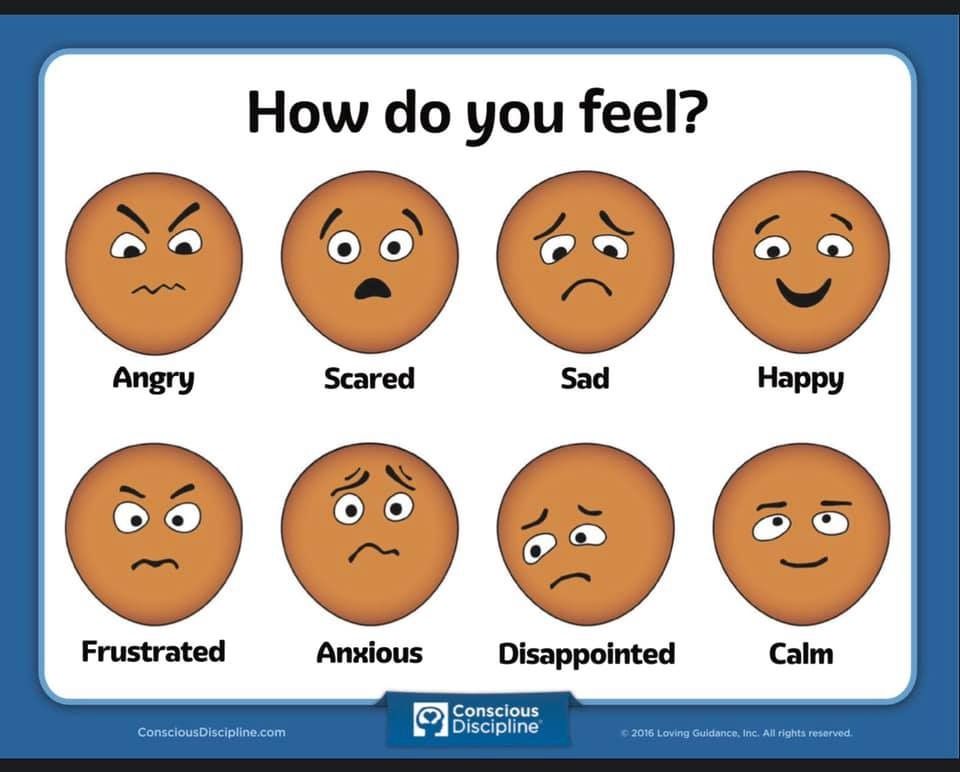 Just continue to observe it without judgement.
Just continue to observe it without judgement.
4. What do I need?
Stay with the emotion(s), notice where you feel it, explore why it is there, and determine what would help in that given moment. For example: I need to practice self-compassion and work on planning ahead of time.
Here's the catch - you have to feel the difficult feelings in order to fully address them. We look for shortcuts through distractions, achievements, and people; however, we are the only ones who can control our emotions. So be patient with yourself and acknowledge that emotional literacy takes ongoing practice. The more you can name your feelings, the more you can respond rather than react.
This sounds awful. Why would I feel my feelings?
Yes, it can feel awful for a while. However, when we release emotions, we also release the hold we think they have on us. We can resolve past hurts, improve our relationships, and live life more fully.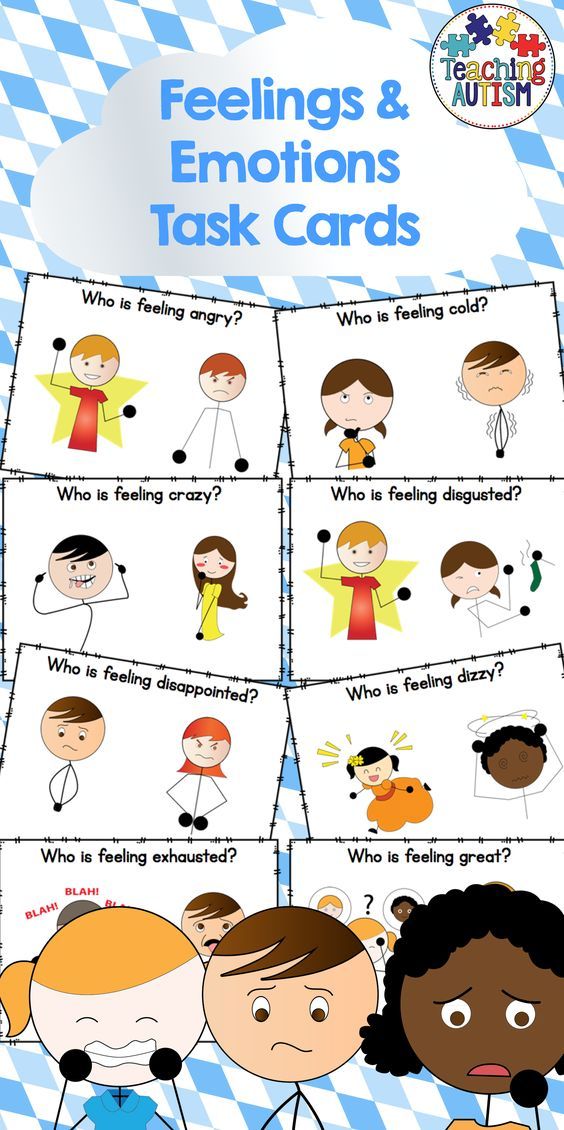
By delaying the process of dealing with our emotions, we may search outside of ourselves for ways to numb the pain and feel better. We might even fall into the trap of believing that we will be happy "when."
"I can relax when I have my credit card paid off."
"I'll feel safe when I have a loving partner."
"I'll be confident when I lose that weight."
Unfortunately, we will still feel stressed, afraid, and insecure, no matter what the external circumstances are since our feelings just come along with us. We continue to seek out the next thing that will "make us feel better" (which might work for a short period of time) before we repeat the cycle all over again.
The only way out is through, which is what makes experiencing our feelings so painful (and avoiding them so tempting). But all emotional experiences, both good and bad, are temporary and will pass. It can absolutely feel daunting to ride theses waves of emotions, which is where a good support system, self-compassion, and a therapist can come in handy.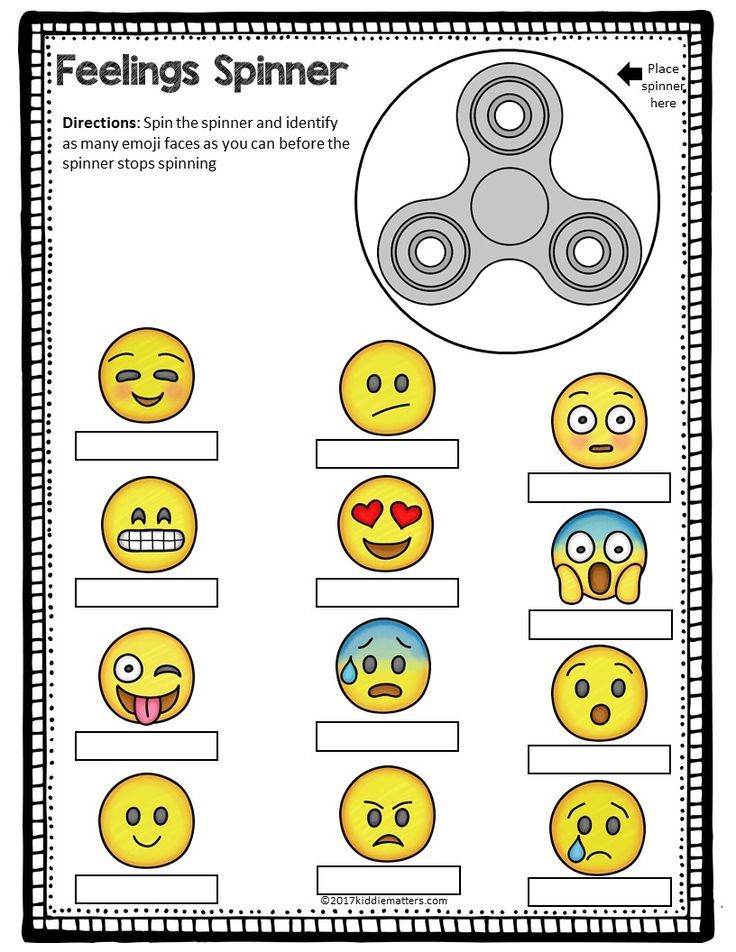
Resources:
Learn How to Identify and Express Your Feelings
Mindfulness of Emotions
Being with Stressful Moments Rather Than Avoiding Them
Stephanie HulsEmotions, Feelings
0 LikesHow To Identify Your Emotions And Why It's Useful
This website uses cookies to ensure you get the best experience. Learn more about cookies or Read our privacy policy.
How To Identify Your Emotions And Why It's Useful
You've probably heard that emotional intelligence is a key predictor of success in most if not all walks of life. Emotional intelligence is founded on self-awareness - ability to feel emotions, and to name them (emotional literacy), and to not be overwhelmed by them. (Actually, being able to name emotions helps you not be overwhelmed.)
But how do you go about improving your emotional awareness and emotional literacy if you do feel yourself somewhat lacking? This article suggests one method.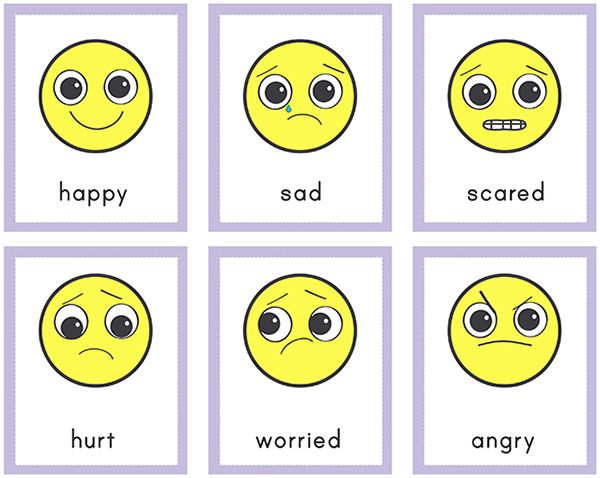
What Is Emotion?
The term "emotion" is quite broad and even vague - it covers a number of aspects of experience:
- Feelings - by which I mean the perception of or experience of body states. For example your heart pounds in fear.
- Thoughts & thinking patterns - by thoughts I mean particularly inner dialogue. For example in anger you have thoughts about revenge. There also thinking styles - in depression thinking is slow and repetitive.
- Urges & impulses to act - in anger you're moved to yell or even hit out.
- Attention - you tend to focus in particular ways and on particular things - e.g. in anxiety you focus rather narrowly on what might go wrong.
The Circumplex Model of Emotion
One of the earlier attempts at scientific analysis of emotion was the circumplex model - it's actually rather useful, even if it doesn't capture every nuance of the concept of emotion.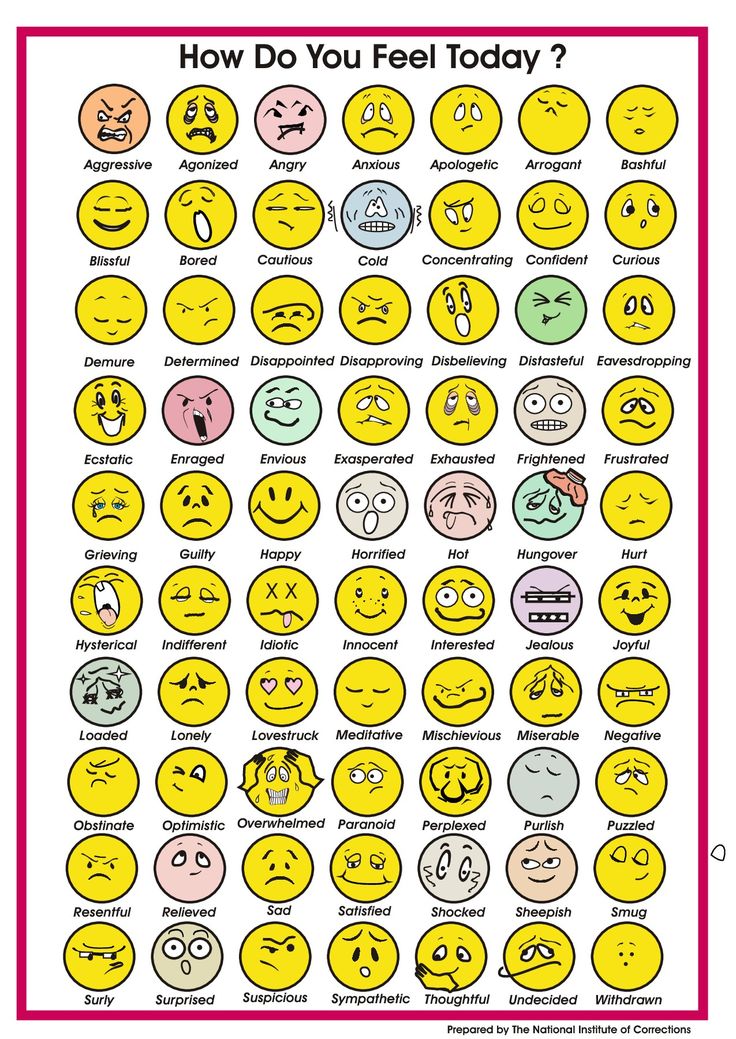
Essentially it sees any particular emotion as defined primarily by two paramters or "variables":
- arousal (or how much physical energy is involved)
- "valence" which basically means how pleasant or unpleasant the emotion feels.
Here is a simple diagram showing the "spectrum" of emotional states as suggested by the model:
How To Identify Your Emotional State
The circumplex model clearly suggests a way to identify your emotional state - you could follow steps something like these
- Ask yourself how well you feel right now - do you feel good, does it feel good to be in your shoes right now? Or maybe it's not so pleasant? Rate your "emotional valence" on a scale from say -5 (unpleasant) to +5 (pleasant).
-
What's happening in your body right now? How much energy do you feel? Do you feel restless, agitated, energised, or maybe dull and lethargic? If you had to do some physical activity, that involved say running or using strength, how would that feel? Again rate yourself on a scale of say -5 to +5, this time for energy or arousal level.
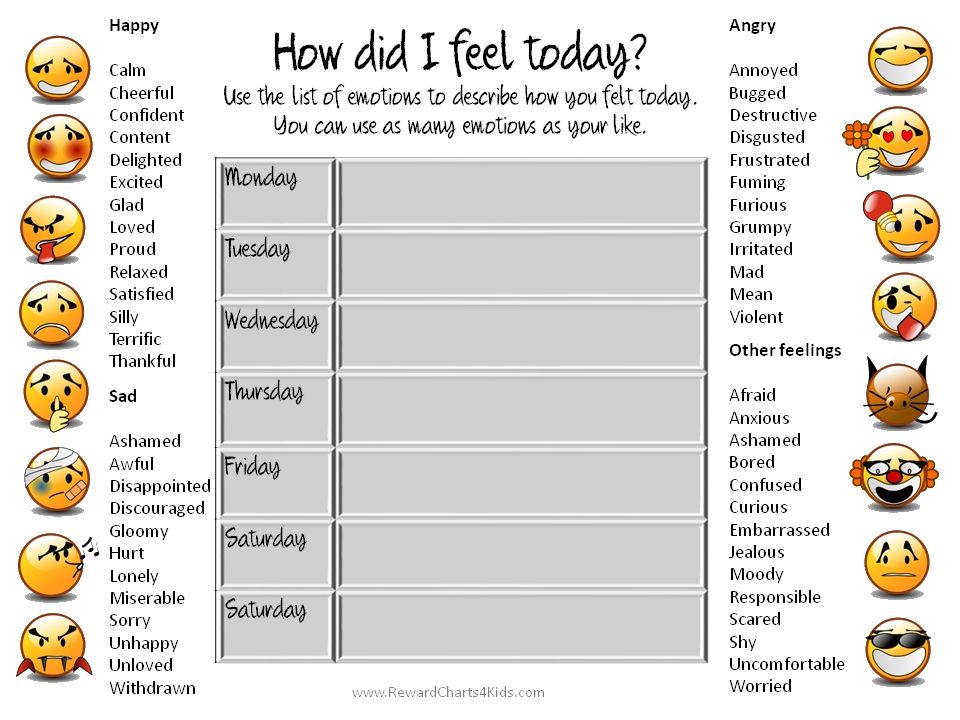
- Now you have rated the two parameters you can simply read off your emotional state from a chart - just like using two coordinates to find a point on a map.
Of course you need on which to look up your state - the value of the method clearly depends on having a good chart.
I don't have one that I can publish here without potentially breathing someone's copyright, but here is a link to one example that I think works pretty well.
You can also go to google images and search on "circumplex model of emotion" and find lots of other versions. Here is another one I quite like.
Of course each version is slightly different - we're not dealing with hard science here.
The Mood Meter App
The mood meter app is a software app available for mobile devices (both android and apple) and developed by Yale University Center for Emotional Intelligence. It's based on the method I've just described - so you'll rate yourself on each of the two parameters, valence and energy or arousal, and then it will offer an emotional word that describes your state - in fact it offers several and you can choose which fits best.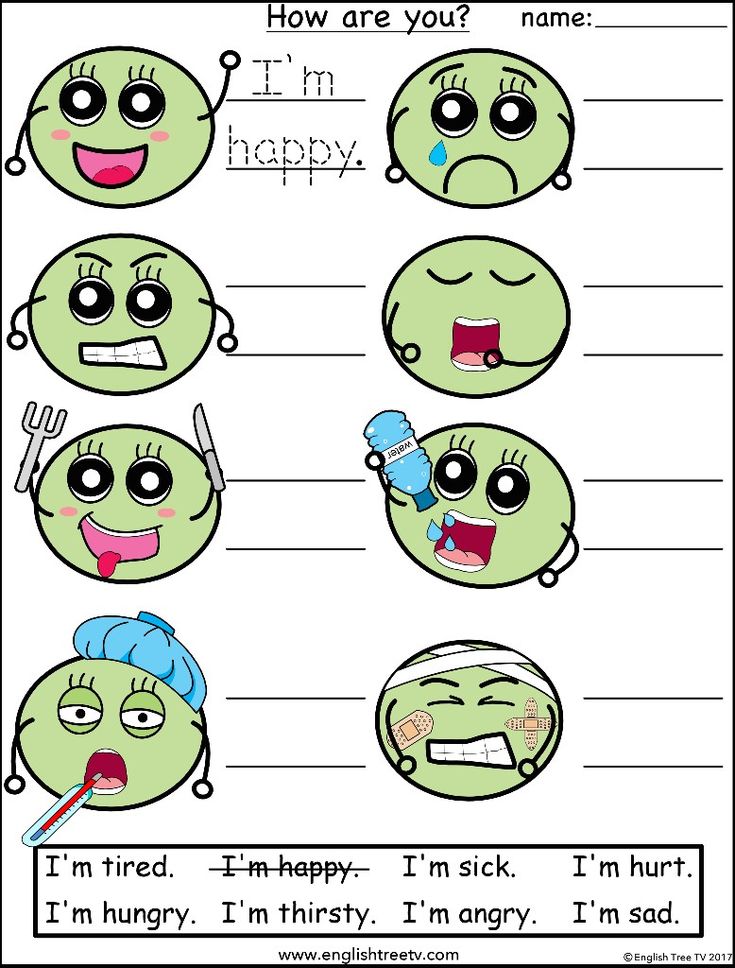
It does cost a very small amount of money but if you feel lacking in emotional literacy I'd recommend it as a training tool.
Building Self-regulation Skills & Emotional Intelligence
The app is not just about increasing your emotional self-awareness - it's designed to develop emotional regulation skills and ultimately, greater emotional intelligence. So tehre are further steps beyond initially identifying your emotion, that I won't go into here.
If you use it lots over several days it can track your emotional state and show you reports.
You can learn more about the Yale Center for Emotional Intelligence by watching video presentations on YouTube such as these:
Articles Home
Search this site:
THE STRESS RESILIENCE BLUEPRINT
I've created a summary statement of what everyone needs for effective stress management:
how to work with anxiety, panic, irritability, fatigue, insomnia, brain fog, low mood
and other stress-related symptoms.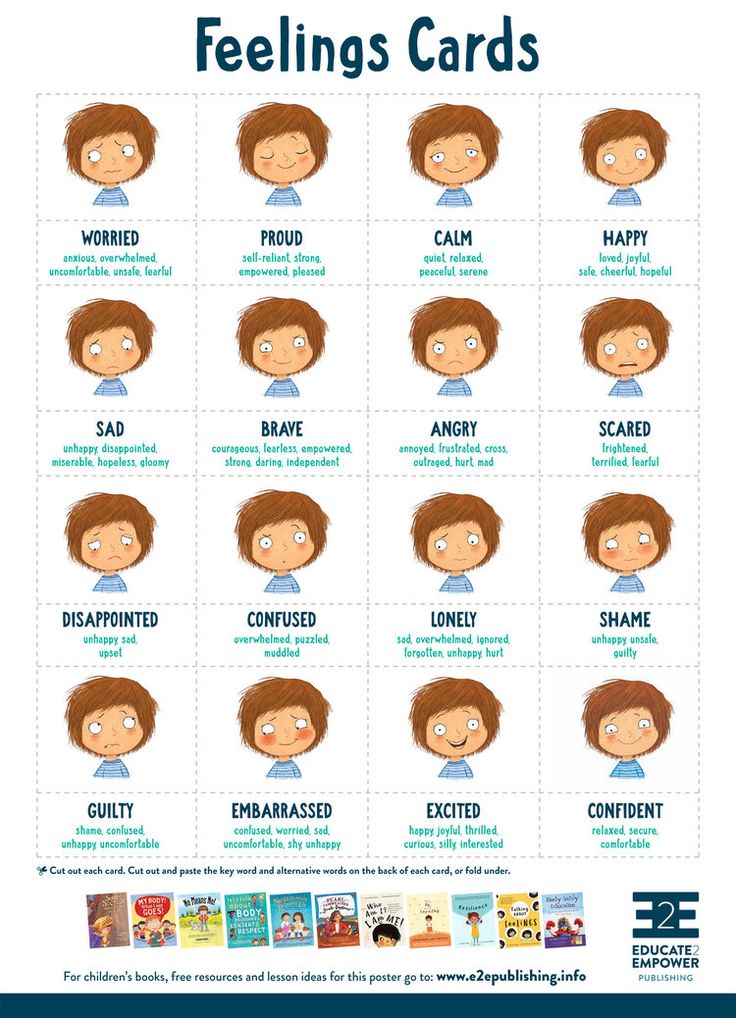
This plan is a blueprint of what my services and products aim to deliver.
Sign-up to receive a one-page summary and watch a short video commentary.
Get The Stress Resilience Blueprint
READ MORE ABOUT BIOFEEDBACK FOR STRESS MANAGEMENT
Mind-Body Intelligence
How To Manage Your Mind With Biofeedback & Mindfulness
Book by Glyn Blackett
- Underlying dynamics in stress & anxiety
- Science of the mind-body connection & how it can be applied
- Why breathing is at the heart of stress management
- Practical models for framing self-control challenges & solutions
Download Free Chapters
Emotional intelligence: how to learn to understand your own and other people's emotions
Emotional intelligence is twice as important as hard skills and IQ for career success.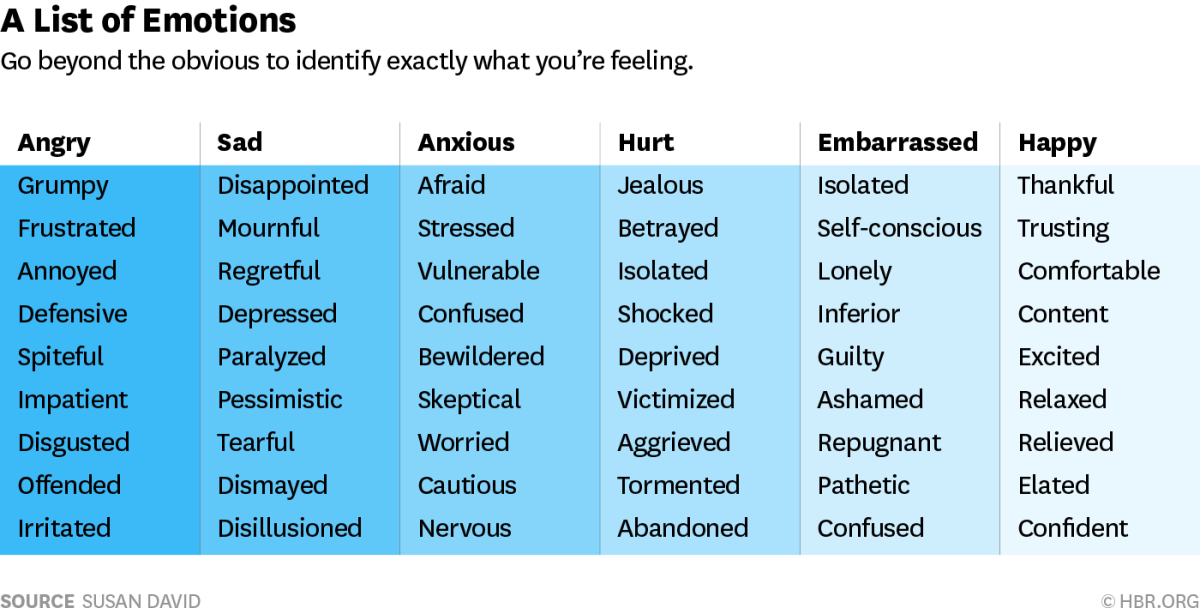 Together with Doctor of Psychology Viktoriya Shimanskaya, we will tell you where emotions come from, how to manage them and better understand other people
Together with Doctor of Psychology Viktoriya Shimanskaya, we will tell you where emotions come from, how to manage them and better understand other people
About the expert: Viktoriya Shimanskaya — Doctor of Psychology, lecturer at MGIMO, MIP, expert in the development of emotional intelligence. Author of the book “Communication” for teenagers, co-founder of the SKILLFOLIO soft skills development project. Author of the first Russian patented method for developing emotional intelligence.
What is emotional intelligence and why is it important
Emotional Intelligence (Emotional Quotient) is the ability to recognize emotions, intentions, motivations, desires of oneself and other people and manage it. The skill helps to solve practical problems and achieve goals in life and at work. People with developed emotional intelligence are able to negotiate with other people, make decisions and respond correctly to negative situations.
Through emotions we react to events, words and circumstances. If they are not understood, what is happening will be distorted. For example, at work they made a remark to you, and you began to argue and conflict. As a result, this will lead to neurosis, apathy and other depressive states. At the same time, depression does not go away quickly: in 15–39% of people, it lasts more than a year.
If they are not understood, what is happening will be distorted. For example, at work they made a remark to you, and you began to argue and conflict. As a result, this will lead to neurosis, apathy and other depressive states. At the same time, depression does not go away quickly: in 15–39% of people, it lasts more than a year.
A person with developed emotional intelligence reacts to causes, not actions or emotions. This helps him to perceive criticism correctly, understand other people and respond to them with an adequate reaction.
What is emotional intelligence and how it will help your career
The concept of emotional intelligence became popular after the publication of the 1995 book of the same name by science journalist Daniel Goleman. According to Goleman's research, people with developed emotional intelligence have better mental health, work efficiency, and leadership skills. At the same time, 67% of leadership abilities fall on emotional intelligence.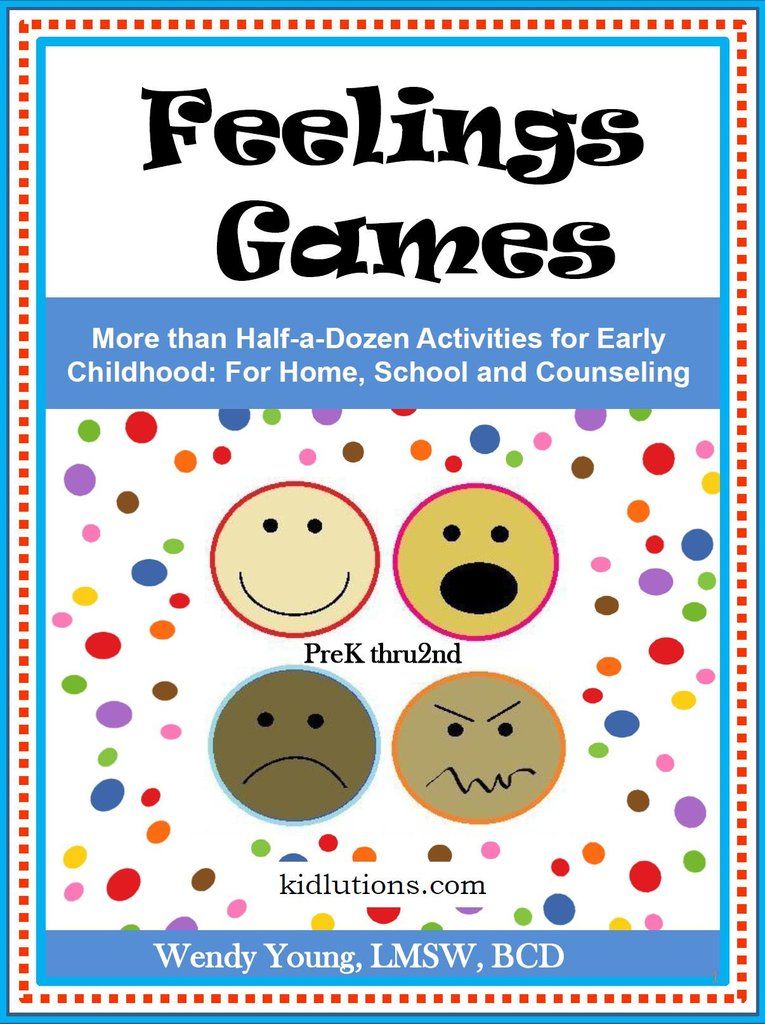 It is more important than technical knowledge and IQ twice.
It is more important than technical knowledge and IQ twice.
A study by Egon Zehnder confirms this. They analyzed 515 senior executives and found that people with developed emotional intelligence are more likely to succeed. The Carnegie Institute of Technology reported that 85% of our financial success comes from emotional intelligence, leadership, and communication skills. Only 15% depend on technical knowledge. Soft human skills, closely related to emotional intelligence, are the most important skills in the present and the future.
How emotional intelligence works
Let's analyze the model presented by the EQ-factor laboratory led by Nicolas Koro and Viktoriy Shimanskaya in 2014. It clearly shows the coefficients that form the intellectual-emotional profile of a person - IEPP.
Emotional intelligence does not exist separately from the intellect, it is not its opposite. Emotional intelligence EQ and mental intelligence IQ cannot be separated from each other.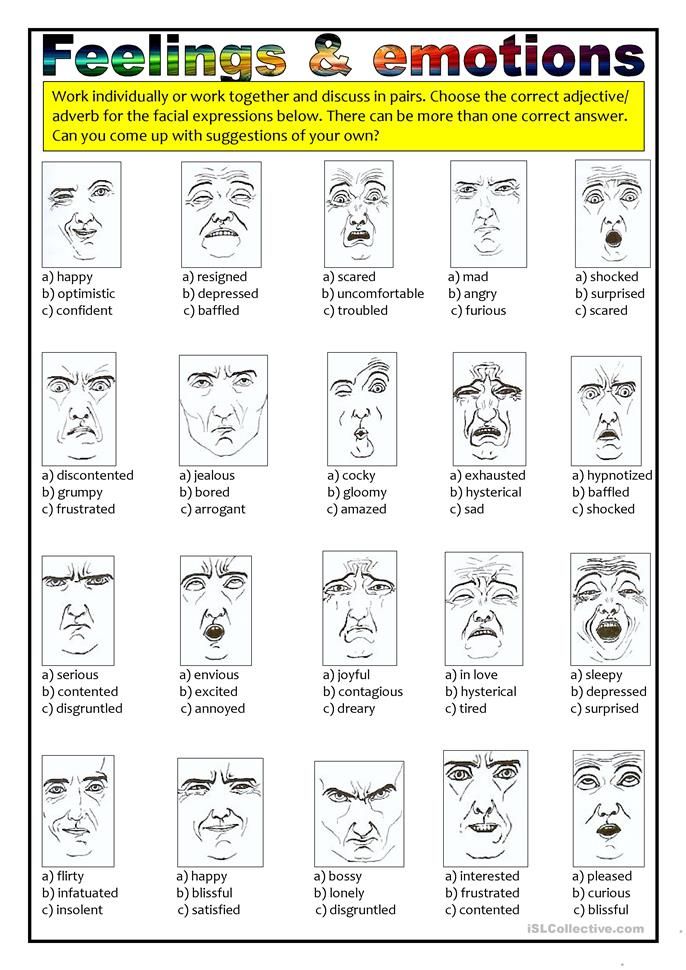 Moreover, if EQ is not developed, a person will not have a high IQ.
Moreover, if EQ is not developed, a person will not have a high IQ.
To develop emotional intelligence, you need to focus on four drivers: awareness, self-esteem, motivation, and adaptability. The development of each of the drivers forms the development of the corresponding emotional-intellectual strategy.
- Awareness. Includes awareness of one's thoughts, feelings and behavior. Develops the strategy of "Philosophers". Philosophers learn quickly and accumulate knowledge, but it is difficult for them to move from theory to practice and translate knowledge into real skills.
- Self-assessment. Includes acceptance, the ability not to depend on external assessments and opinions, a positive perception of the world and determination. Helps to master the strategy of the "Stars". Such people are self-confident, but tend to talk to impress. Stars run the risk of remaining at the level of "impressions" if they do not pump the drivers of awareness and motivation.
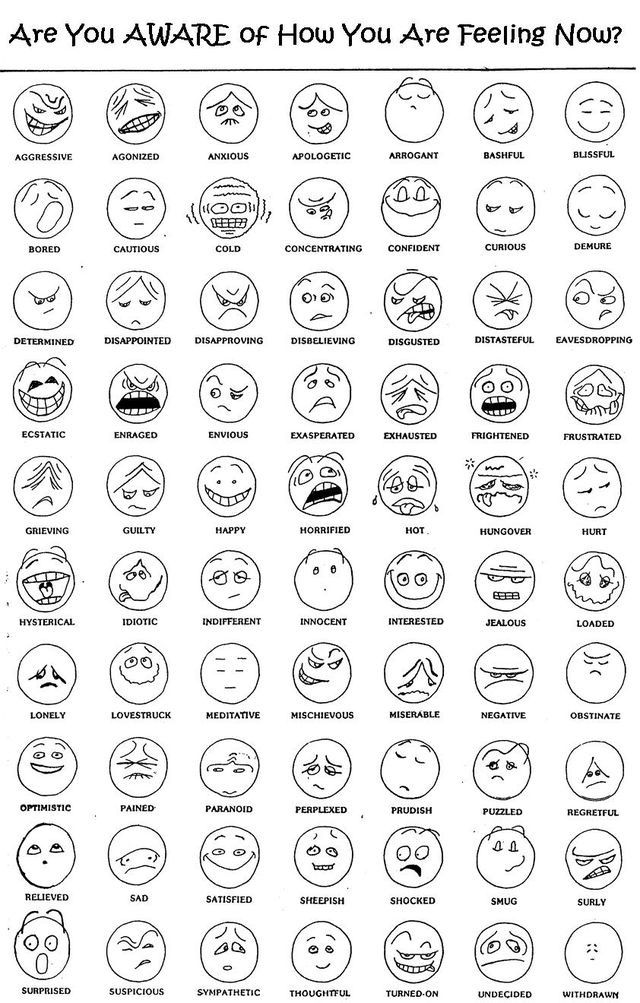
- Motivation. Includes openness to new things, goal-setting, experiencing failures, striving for self-actualization. Helps to master the strategy of "Heroes". Heroes enjoy self-development and achievements, so they constantly improve and can lead people. Heroes run the risk of quickly burning out if they do not understand the reasons for their work.
- Adaptability. Includes empathy, stress tolerance, decision making and communication skills. Develops the strategy of "Leaders". Such people are stress-resistant, empathic and hardworking, but prone to impostor syndrome. This is a cognitive distortion when a person considers himself a deceiver and does not attribute achievements to his qualities and skills.
Emotional intelligence is a kind of base of the personality pyramid. The larger the volume of this pyramid, the more opportunities and influence a person can have on his life, the lives of other people and the world as a whole.
All four profiles are equally promising. To build an effective life strategy, you need to understand your strong drivers and pay attention to the weak ones. In conjunction with the IQ intelligence vector, emotional intelligence forms the life strategy of the "Creators". It helps to realize the potential of a person and achieve the highest level of self-realization.
How to develop emotional intelligence
Honesty and the correct assessment of one's behavior are the key factors for the development of EQ, says Viktoria Shimanskaya, Doctor of Psychology and an expert in the development of emotional intelligence.
Honesty. To test your honesty, do a simple exercise - write down on paper three personality traits that you do not like about yourself. For example, "I wake up late", "I'm lazy", and "I get easily irritated". According to the first principle of the concept of emotional intelligence, there is a positive intention in every action we take.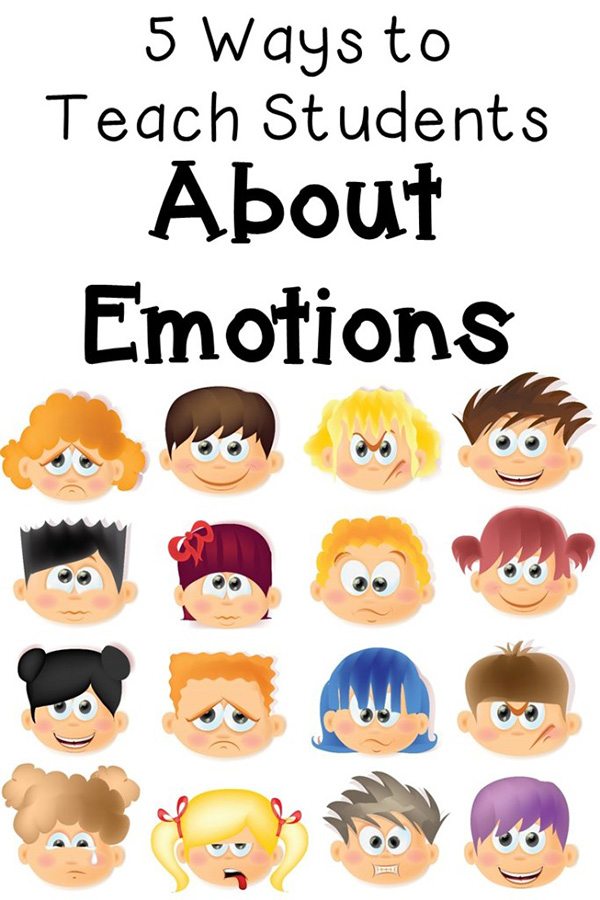 Think about why you wake up late and what is the positive intention behind this action. For example, because you get very tired at work and worry about a new project.
Think about why you wake up late and what is the positive intention behind this action. For example, because you get very tired at work and worry about a new project.
Psychologist and author of Emotional Intelligence Daniel Goleman tries to figure out why we don't show compassion more often and how it will change our lives
Behavior assessment. It is difficult to answer the question why we behave this way in a particular situation. But an honest answer gives a reaction on three levels: meaning, body and emotions - this is the second paradigm in the concept of emotional intelligence. If you change the reaction at one of these levels, the rest will change. For example, you are doing a good job, but you realized that customers do not return again because you do not know how to communicate with them. Because of this, you are annoyed, but the awareness of this thing will give a state of insight at the level of meaning. At the level of the body, there will be relaxation and a feeling, "as if a mountain has fallen from the shoulders.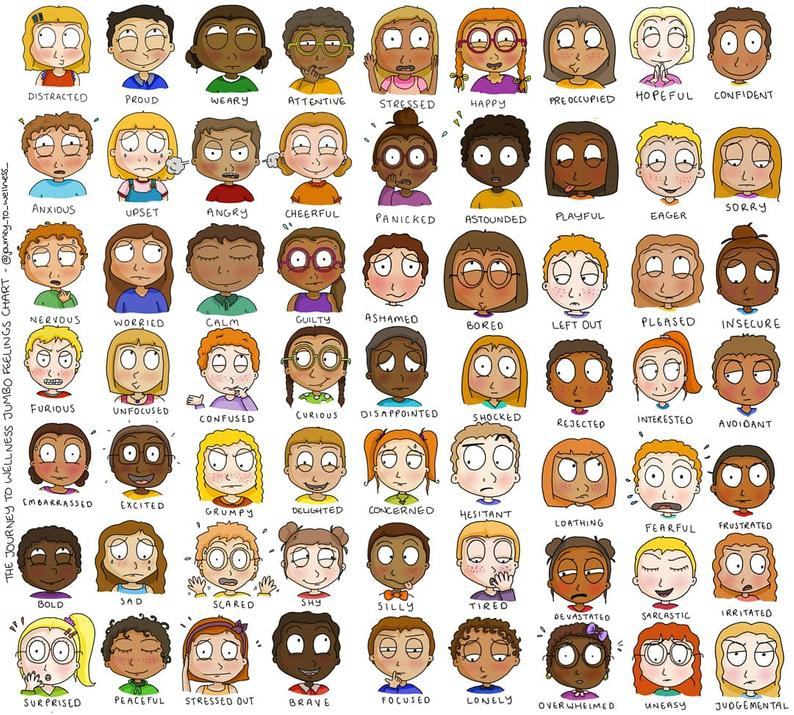 " At the level of emotions, it will become easier. You have found the true cause of anger and irritation, although it is difficult to admit.
" At the level of emotions, it will become easier. You have found the true cause of anger and irritation, although it is difficult to admit.
Emotional Intelligence Development Tools
There are four components to developing emotional intelligence. Self-awareness and self-control help you work with yourself, while social competence and relationship management help you build strong relationships with others.
- Awareness
The development of emotional intelligence should begin with the awareness of what is happening to you. You need to learn to separate yourself and emotions, to present them as a separate phenomenon and look at it from the side. Emotions are your reaction to what is happening around you. They change with changes in external circumstances, so remember: you ≠ your emotions. The ability to separate emotion from yourself will help you assess the situation, make a decision and respond correctly.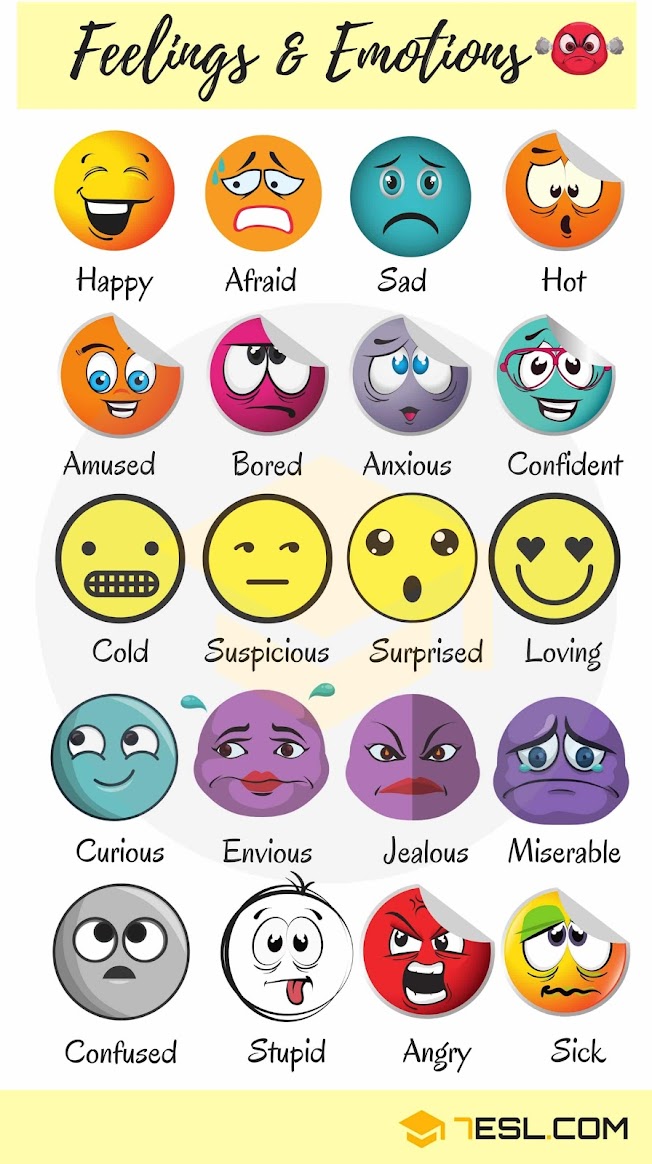
For example, on the edge of a cliff, you realize that you are afraid and move away. In this case, fear will save your life. But in negotiations with an important client, he will interfere with collecting thoughts and focusing on the result. Realizing this, you need to push the fear aside and move on.
Mark Williams and Danny Penman define emotions in their book Mindfulness: “They are clusters of thoughts, feelings, bodily sensations and impulses. All the elements interact with each other and can enhance or dampen the overall mood.”
Any emotion can be accepted or rejected. At the same time, emotions cannot be suppressed. This will lead to neurosis and dissatisfaction with life.
Practice: draw a scale from 0 to 10 on paper. Mark the level of fear on it, for example, 7 bars. Now increase the level to 9, and then decrease to 5. Try to understand your feelings and experience the emotion. Reduce your fear by another 2 or 3 bars, and get down to business that you were afraid of.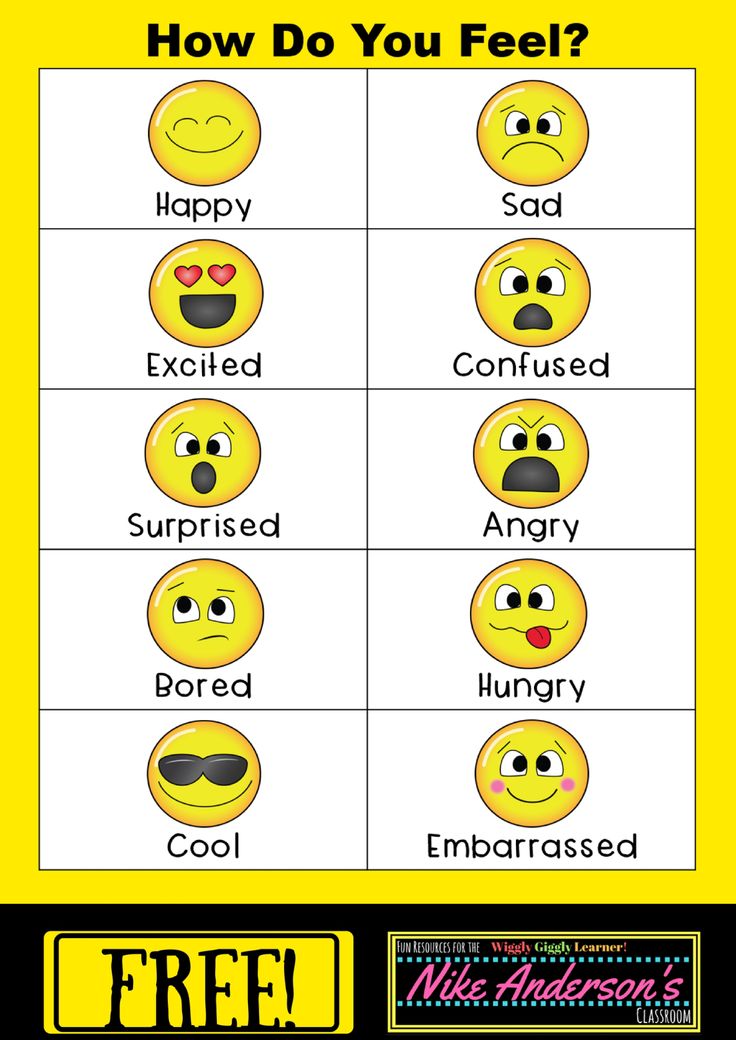 This is the essence of emotion management.
This is the essence of emotion management.
- Self-monitoring
If you are aware of and know how to separate an emotion from yourself, you will be able to control and express it correctly. This skill is especially important for leaders. To control an emotion, it must be expressed and spoken out loud.
Practice: learn to speak the language of emotions. Use a three-part phrase:
-
I feel…
-
Because…
-
I would like...
For example, I am frustrated and angry because I did not have time to prepare a presentation for a new client. I would like us to do it together, because the client is important for the company. Formulate several negative and positive emotions according to this formula.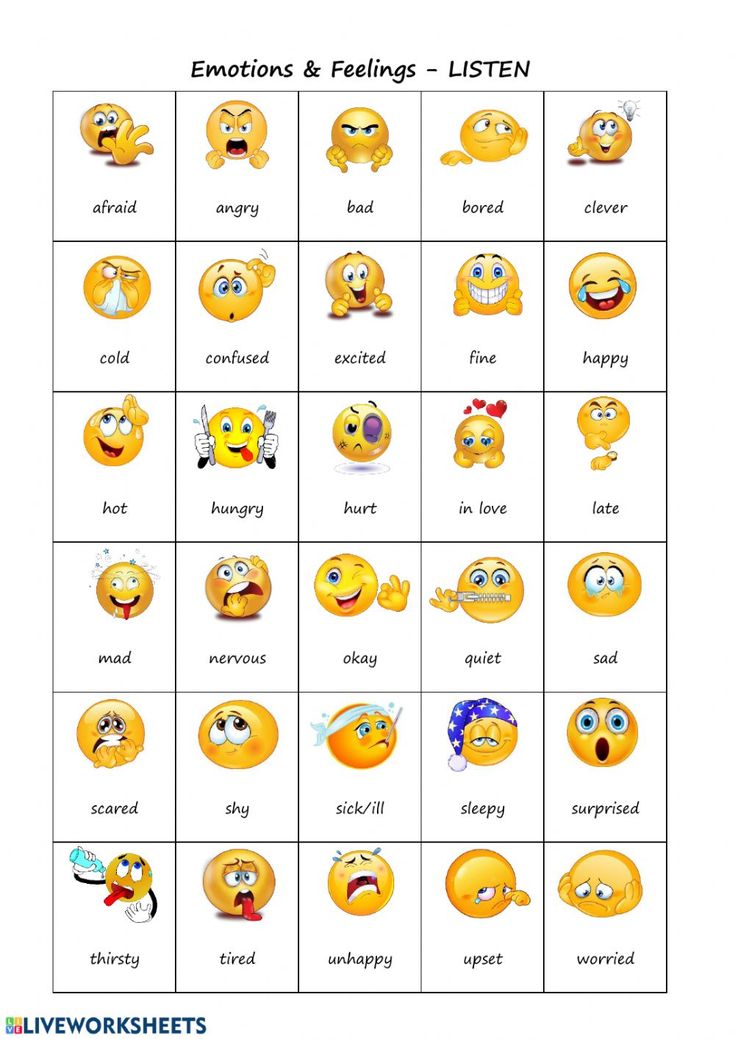
Methods of non-violent communication will help to learn how to express feelings. Practice, over time it will become a habit. You will change your speech and reaction to many events.
- Social competence
Social competence helps to see the essence and cause of what is happening and not get involved in emotional battles. Make smarter and more informed decisions. To do this, you need to learn to understand what is behind the behavior of another person. This way you will prevent 90% of conflicts.
One's own or another person's reaction can be decomposed into meaning, action and intention. This will help to correctly interpret emotions and respond to them
One's own or another person's reaction can be decomposed into meaning, action and intention. This will help to correctly interpret emotions and respond to them
When communicating with people, do not react to actions and words, but to the intentions and reasons that lie behind them.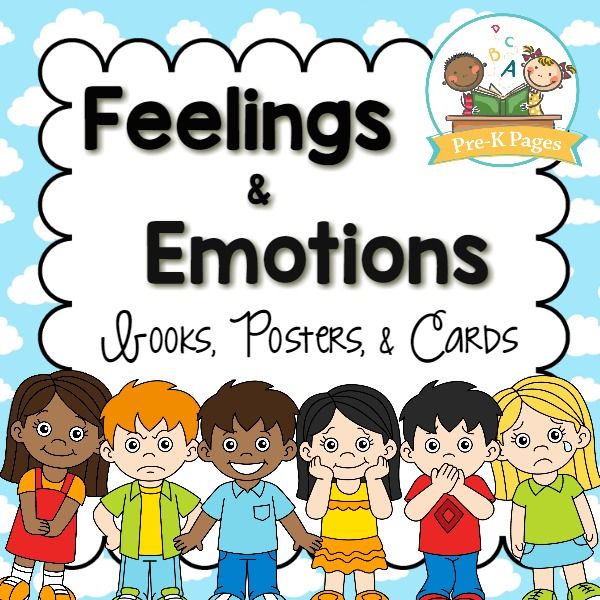 Any reaction and behavior can be decomposed into three components:
Any reaction and behavior can be decomposed into three components:
-
Intention — the meaning, the true reason. A person may or may not be aware of his intention, but it will always be positive. For example, the manager yelled at you because he was worried about the results of the project.
-
Action is how a person realizes the cause. It can be positive and constructive or negative and destructive. For example, you will insult a man in response to unacceptable behavior or explain your attitude and offer to behave differently.
-
Meaning is the meaning you give to the action. It is either positive or negative. For example, you asked a colleague a question, but he did not answer. Positive meaning - the colleague did not hear the question, negative - he does not respect you.
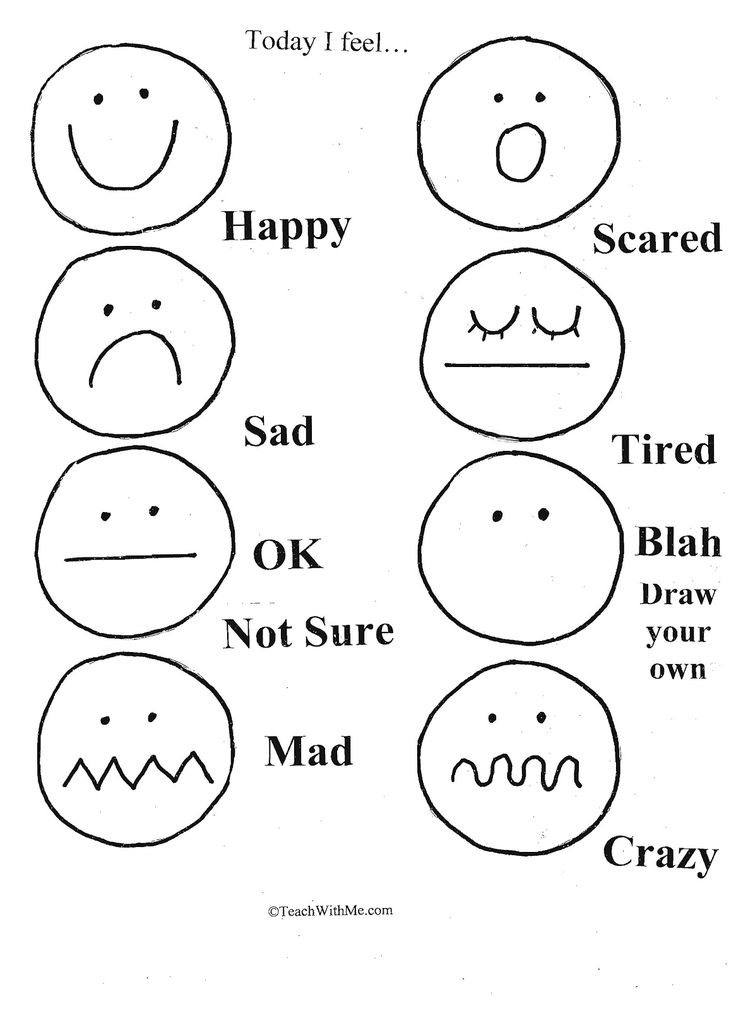
Practice: remember a few conflict situations and try to expand them according to this formula. Find positive intentions in your meanings and actions.
- Relationship Management
The emotion quadrant will help you determine your emotional state, use it or change it. This is a coordinate system from 0 to 10 on each axis. Below are the level of mood and pleasure - gray and green squares. Above are the level of energy and physical well-being - orange and yellow squares.
The Emotion Quadrant helps you determine which emotional state you or your co-workers are in to direct energy and mood for good
The Emotion Quadrant helps you determine which emotional state you or your co-workers are in to direct energy and mood to benefit
How it works. For example, you didn’t make a presentation for a new client and you are worried because of this. Rate the level of mood at 3 points.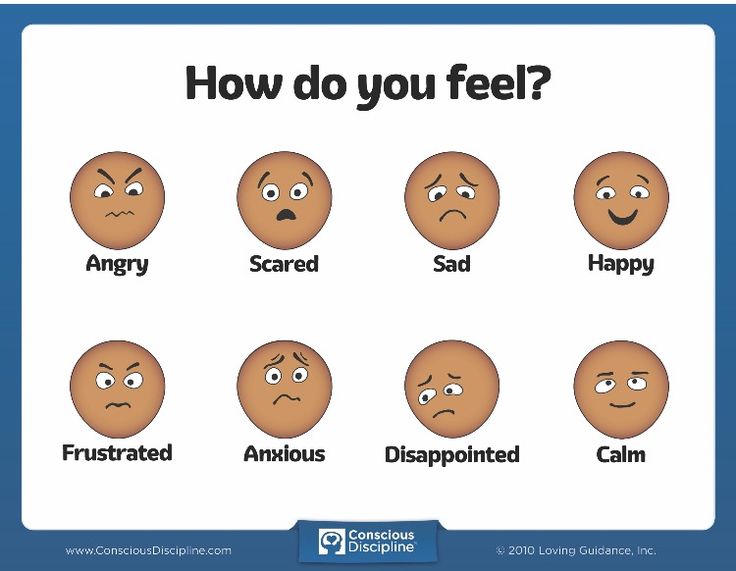 At the same time, you still have a lot of strength, so the energy level will be 7 points. So you get into the red square "I'm worried." In this state, it is better to do active work that does not require an emotional mood: tidy up the house, take out the trash, cook food.
At the same time, you still have a lot of strength, so the energy level will be 7 points. So you get into the red square "I'm worried." In this state, it is better to do active work that does not require an emotional mood: tidy up the house, take out the trash, cook food.
In the green square you are in a good mood but have little energy. In this case, learn new things: immerse yourself in a project or task, collect information. Do things that don't require physical activity.
In the yellow square, mood and energy are at their maximum. This is a good opportunity for brainstorming. Come up with new ideas and projects, mix formats and look for other solutions to common problems.
There is little energy and no mood in the blue square. Here you should look for errors and shortcomings. Figure out how you can improve your daily routine and see what else you can work on.
The Emotion Quadrant will help you channel your free resources to the right things.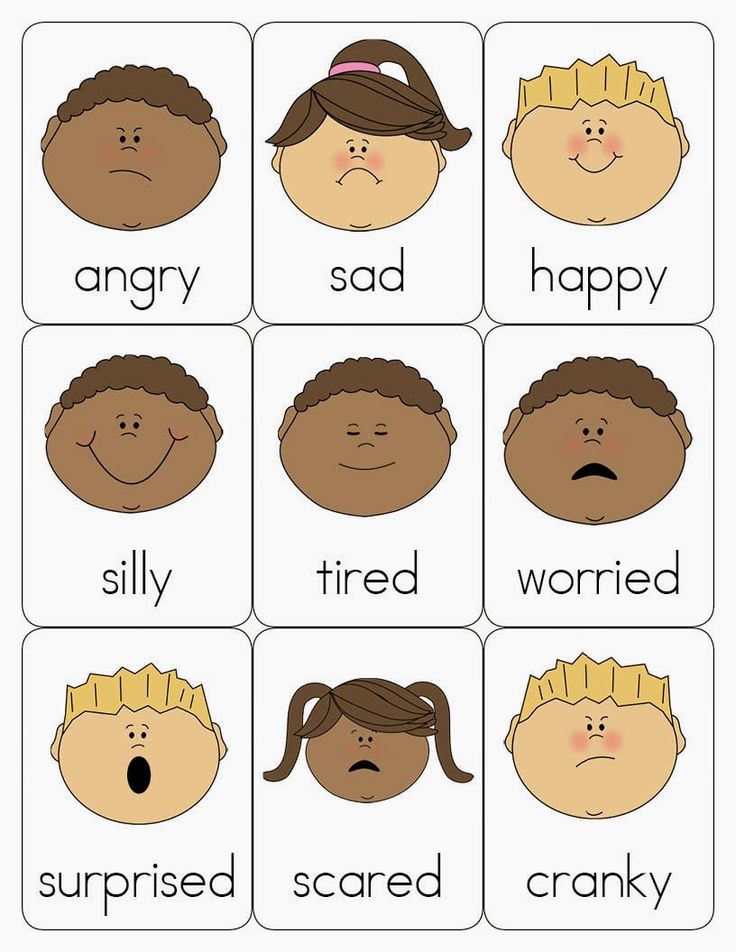 You will be able to correctly prioritize and give clear orders to employees.
You will be able to correctly prioritize and give clear orders to employees.
How to determine the level of development of emotional intelligence?
The author of the book "Emotional Intelligence in Practice" Justin Bariso identifies 13 criteria for a developed EQ:
-
Become aware of your feelings and emotions.
-
Pause before speaking or acting.
-
Strive to control your thoughts and reactions to emotions.
-
Use criticism as an opportunity to improve.
-
Stick to your values and principles.
-
Know how to sympathize.
-
Praise and inspire others.
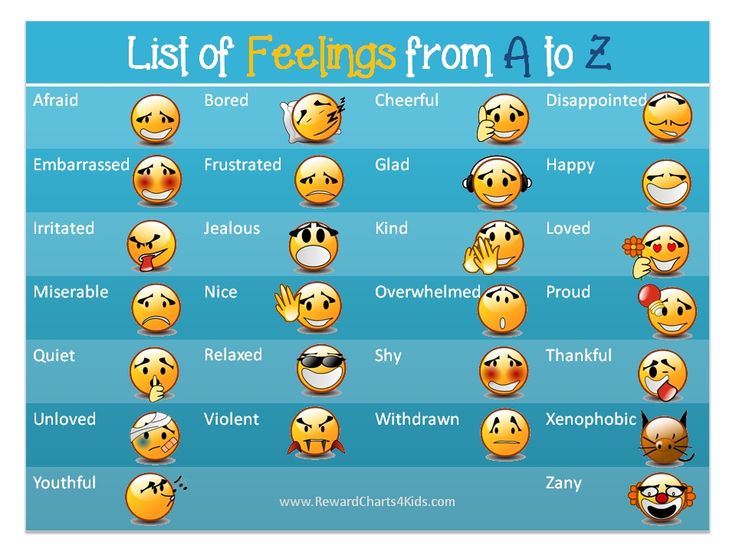
-
Give helpful feedback.
-
Apologize and acknowledge mistakes.
-
Forgive and forget.
-
Fulfill your obligations.
-
Help others.
-
Protect yourself from emotional sabotage.
Victoria Shimanskaya adds one universal but subjective criterion - the degree of satisfaction with one's own life. Feeling is more important in EQ than skill development. If you can't ask for a raise for several years or get terribly angry when you clean your apartment, take a closer look at working with your emotions.
The hardest thing about developing emotional intelligence is getting started. It is not clear at what point there is an experience that allows you to further develop your EQ skills. Begin to carefully listen to yourself and catch the emotion: name, realize, reflect, listen to your feelings. Without this exercise, no books will get you closer to feeling happy, overcoming fears, curbing anger, and other tasks that we want to solve with the help of emotion management.
It is not clear at what point there is an experience that allows you to further develop your EQ skills. Begin to carefully listen to yourself and catch the emotion: name, realize, reflect, listen to your feelings. Without this exercise, no books will get you closer to feeling happy, overcoming fears, curbing anger, and other tasks that we want to solve with the help of emotion management.
Emotional intelligence lives at the intersection of meanings and the body. Only by linking knowledge with physical sensations, you can turn it on and adjust your emotional apparatus. This means that our path is to work out the connection between the body and consciousness. To do - to fix, to feel - to comprehend.
To develop emotional intelligence
- Learn to be aware of your emotions and name them. Say out loud what you feel.
- Accept emotions and try to live them without prejudice to yourself and others.
- Learn to separate emotions from yourself.
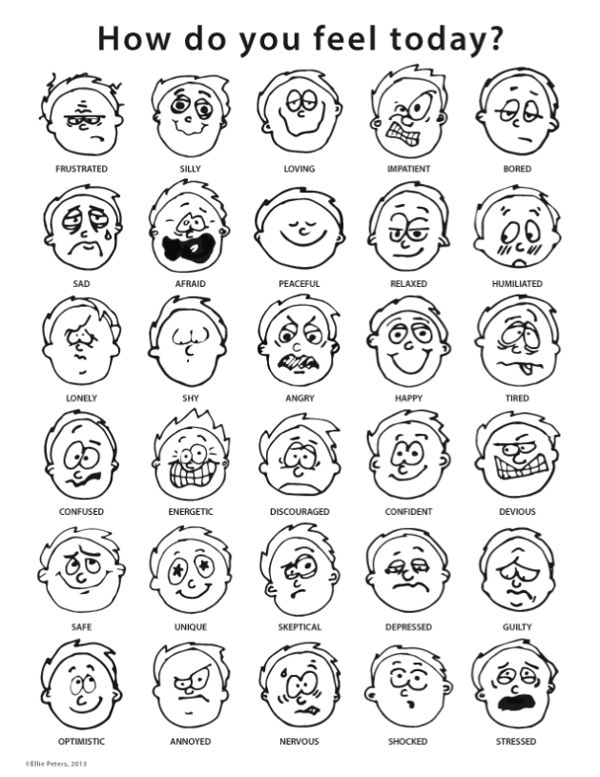 You are always more than one emotion.
You are always more than one emotion. - Seek and understand the cause of the emotion.
- Align emotions with current life purpose. Think about how they can help you and use them to your advantage.
- Try applying the EQ tools to other people.
- Get a special diagnostic to determine the level of development of emotional intelligence. Choose trainings, courses, books that will help you improve your skill.
Emotions and feelings - Psychologos
January 01, 2010, 11:48
Film "Chocolate"
Emotions and feelings are very close concepts, often used as synonyms. "Feeling of anger" or "emotion of anger" - you can say this and that, you will be understood. At the same time, sometimes, for special tasks, these concepts need to be bred.
“I love him, I really can’t live without him”, “I’m depressed today”, “I’m disappointed in you” - when people say these phrases, it usually means that they are talking about their feelings.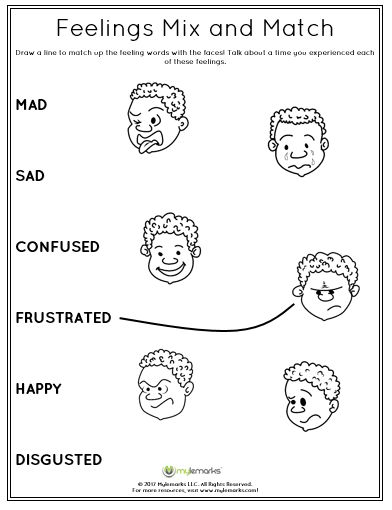 No, strictly speaking, it's about their emotions. What is the difference between them?
No, strictly speaking, it's about their emotions. What is the difference between them?
Emotions are short-lived and situational: “I'm annoyed”, “you piss me off”, “I'm delighted”, “I adore you” - usually these are reactions to some specific situation. And feelings, living in streams under the excitement of flickering emotions, are more stable and speak more about the person himself than about the features of a particular situation.
If a young man is angry because the girl he likes is silent and does not answer his letters, the girl will not confuse: his anger is his emotions, and the fact that he likes her is his feelings. Hooray!
Speaking at the meeting, the girl was worried and constrained, not emotional. When the excitement passed (the feeling of excitement subsided), her emotions woke up and she spoke brightly and expressively. Here the feeling extinguished the emotions, and only with the departure of the feelings did the emotions begin to live.
The difference between emotions and feelings is in the speed and duration of the processes.
If the face changes expression quickly and quickly returns to its original (calm) state, this is an emotion. If the face slowly began to change its expression and remained in the new expression for a (relatively) long time, this is a feeling. And since "fast" or "slow" is very relative, there are no clear boundaries between these two concepts.
Emotions are quick and short elements of feelings. Feelings are the lasting and more stable basis of flashing emotions↑.
It is easier to talk about emotions because they are not so intimate, emotions are on the surface, and feelings are in depth. Emotions, unless a person specifically hides them, are obvious. Emotions are visible on the face, they are saturated, they are clearly manifested and sometimes look like an explosion. Feelings are always a bit of a mystery. This is something smoother, deeper, and at least at first they need to be unraveled - both by others and by the person himself. It happens that a person, not understanding what he really feels, talks about emotions and this misleads those who are trying to understand him.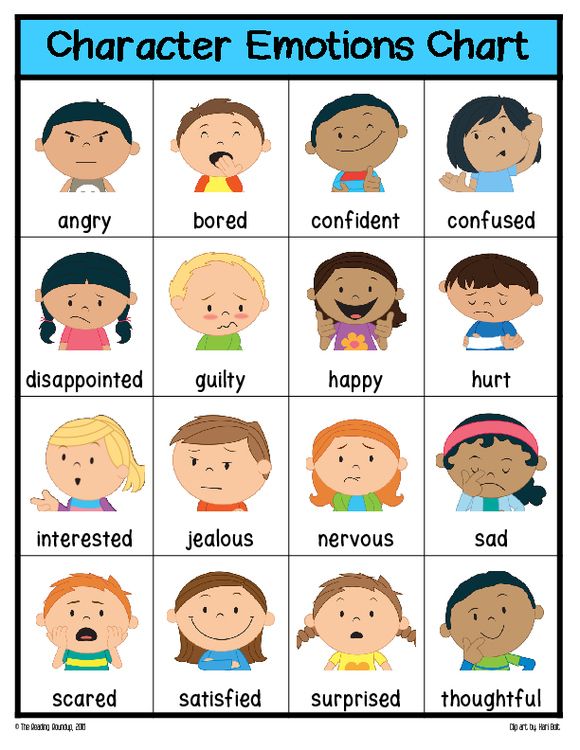 However, the meaning of each specific emotion can only be understood in the context of the feeling that it expresses↑.
However, the meaning of each specific emotion can only be understood in the context of the feeling that it expresses↑.
Doubt "to say - not to say" can mean completely different things: "can I formulate exactly", "can I tell you now" and "maybe it's time to confess already?"
Feelings cannot be conveyed directly, they can only be conveyed in an external language, in the language of emotions. It is fair enough to say that emotions are feelings expressed for presentation to others.
Experiences for oneself are rather feelings. A splash of feelings on another, a demonstration of feelings, expressive movements for ... - these are rather emotions.
To be in emotions and to feel
Emotions and feelings are things, though different, but in many ways similar. But "to be in emotions" and "to feel" are very different states, rather contradicting each other. A person in emotions feels worse than other (even close) people, and one who is used to feeling and empathizing is less likely to fall into emotions.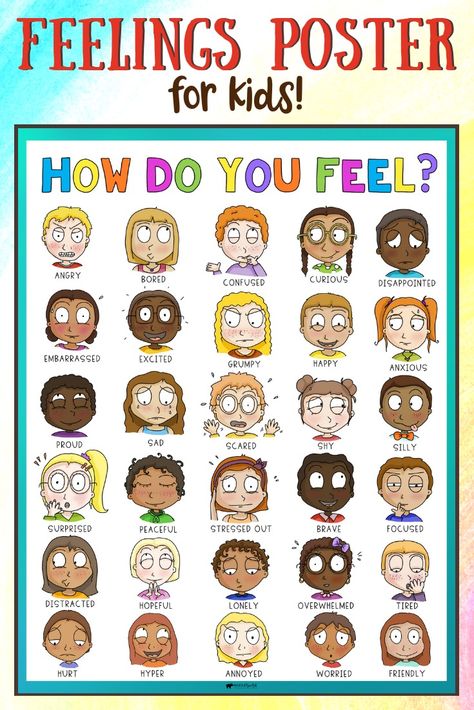 See →
See →
- Emotions
- Inner feelings
- Author N.I. Kozlov
- +
Katya, September 29, 2015, 11:55 am
Thank you, very clear article!
1
reply
Guest, May 10, 2018, 5:11 pm
Everything is simple, like everything ingenious.
Guest, September 02, 2016, 5:22 pm
I didn't understand anything. Through neural networks can anyone explain?
1
reply
Guest, October 26, 2017, 1:05 pm
Neural networks are something else entirely.
1
reply
Guest, Dec 04, 2017 10:25 AM
This is such humor. I liked him. Easily perceptible, but distinct.
1
reply
Guest, December 26, 2017 at 00:39
Brilliant!
Guest, August 15, 2017, 09:49
Everything is fine, thank you g.